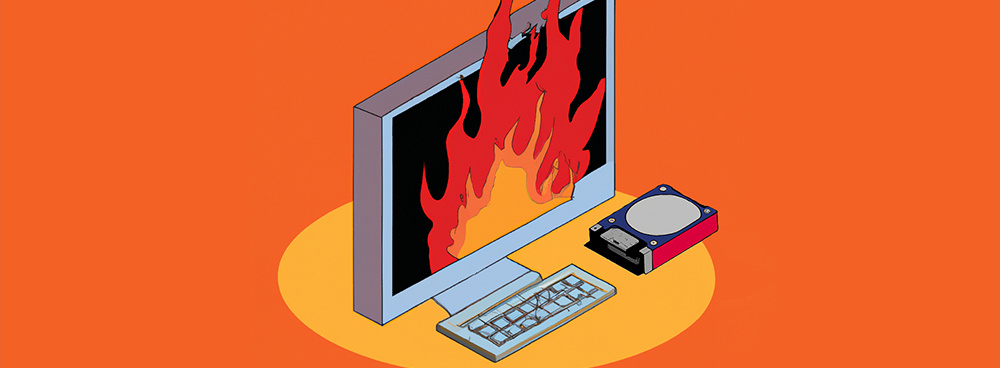How to Edit Video on a Slow Laptop
Starting your video editing journey can be painful on a slow computer. I’ll explain a few tweaks that might help smooth out the experience.
There’s a reason post-production facilities have always loved a beefy Mac Pro or custom PC workstation. In fact, older editing systems were purchased with the high-end machines running the software. It’s no secret that video editing is an intensive task for a computer. So I’m going to go through some simple tweaks that might solve a lot of headaches.
Step 1: Prepare video files
Many photographers may not be aware that professional video pipelines often need tweaking to work properly. For example, a production manager may require all cameras to avoid recording in a compressed “long-GOP” format. These types of files force a computer to work harder than necessary. In tight turnaround productions, these are make-or-break decisions. In short, the more compressed a video file is, the harder it is for a computer to decompress that file.
In 2010, the big problem for indie productions was transcoding all footage to ProRes. This would result in massive file sizes, but the uncompressed nature of ProRes helped make editing enjoyable and smooth. This is what made Atomos recorders so popular during the DSLR revolution. Today we have even better workflows for smaller productions that don’t result in huge file sizes.
Today, DaVinci Resolve, Final Cut Pro and Premiere Pro all natively support a “proxy workflow”. The user will still transcode the files to ProRes, but this time the files will be much smaller, say a 480p ProRes 422 proxy file. During editing, the user can then toggle between the proxy footage and the real footage. The final export is of course made with the real footage.
If there’s one thing that makes your editing smoother, it’s using proxy files, which your computer actually likes to work with. Here’s a tutorial for DaVinci Resolve, here’s one for Final Cut Pro, and here’s one for Premiere Pro.
Step 2: Prepare audio files
If you’re dealing with a lot of audio, consider downmixing or working with a temporary file. Some computers’ sound cards can struggle with handling too many files at once, and sometimes bugs can appear in your editing software. It can be difficult to figure out when audio is your problem.
Now I’m talking about playing 20 or more audio tracks simultaneously. This can be exacerbated when using multicam sequences or subsequences. Unfortunately, most NLEs (non-linear editing software) don’t support audio proxy files, so you’ll need to manually turn off your main audio with temporary audio. If you don’t know how to mixdown your sequence, simply export a WAV file of your timeline and import that file again. Just make sure the WAV file has exactly the same specs as your original audio and that as few audio files as possible are left in the timeline.
Step 3: Bottlenecks
There are very few bottlenecks today that don’t involve the hard drive or SSD your footage resides on. However, I would first make sure you work through the obvious factors first. Make sure your laptop isn’t using battery power to keep its processor running at full speed. Try to avoid working in a particularly warm room. Close your browser and stop playing audio or video files.
Then you should test your drives. Go to Blackmagic and download the “Desktop Video” package from the left. It comes with their “Disk Speed Test”. This application not only tests the speed of your drive but also shows you its limits in terms of video. You might be shocked to find out that your hard drive only supports a 720p video feed. Most SSDs work just fine, but it’s always worth double-checking. For macOS users, you can download “Disk Speed Test” from Mac App Store.
If your computer is still struggling to keep up with your video needs, I would consider getting a new machine. Personally, I would recommend any Apple computer with an M1/M2 processor. I was absolutely amazed by the video processing power that the first M1 MacBook Air had. Saw someone do an on-set edit with a client on one. They sliced up 4K a7S III footage with no issues. At the time, it was the only M1 laptop available. B&H currently sells it for $899. You may still need to use a proxy workflow and have a fast external SSD, but it’s important to note that you don’t always need the larger MacBook Pro.
Editing on a slow computer can seriously disrupt your artistic flow. Overcoming technical problems is just as important as handling your editing software. I hope this article helps readers, and of course, feel free to mention your own ideas in the comments below.